Trading Stocks Using Classical Chart Patterns: A Complete Tactical & Psychological Guide for Beginners and Experienced Traders
$12.20
| Author(s) | |
|---|---|
| Format |
|
| Pages |
369 |
| Published Date |
2014 |
For those looking for an informed discussion of trading stocks rather than empty promises of instant wealth, this book explains clearly and thoroughly how to trade the financial markets with discipline and patience. So much of trading well is understanding our emotions and controlling the twin demons of greed and fear. Knowing the pivotal role of the mental game in trading, Brian Kim gives traders, investors, and even casual observers of the market a book filled with psychological insights, practical trading strategies, and gentle reminders of enduring truths. Brian knows that a book on trading has to be more than about stocks. It has to reveal and confront our biggest enemy in the markets and in life: ourselves. Written in a friendly and empathetic style, Trading Stocks Using Classical Chart Patterns is both informative and restorative. It is as much about reaffirming timeless virtues as learning to trade.
Author’s Note:
I strived to write a book that covers the classical-charting approach to trading in an accessible and comprehensive manner. This book gives beginners enough information to decide for themselves whether trading in general and classical charting in particular fit their interest, temperament, and style. My goal is similar if you are an experienced trader who wants to learn more about classical charting. I tried to give you enough information so you can decide whether to use classical charting in your trading.
My focus was on clarity and thoroughness. My experience with most books on stock trading has been one of frustration and confusion. While they contained nuggets of wisdom and some practical advice, most books did not describe the author’s trading approach in enough detail for readers to carefully try that approach for themselves.
This shortcoming is understandable. Writing clearly is difficult. And I’m certain that some readers will wish that I had explained some parts of this book better or in a different way. Despite the challenges of written communication, I think I have clearly conveyed enough information for readers to learn classical charting.
You will find that certain themes, reminders, and cautions are repeated quite often throughout the book. It would be too easy to justify repetitive writing on necessity, but, this time, I will use this excuse. There are many approaches to trading, but there are relatively few principles that are most important for long-term success as a trader. I tried to emphasize these timeless truths in different contexts and situations for maximum retention and awareness.
Contents:
- CHAPTER 1 Our Goal
- CHAPTER 2 Trading vs. Investing vs. Gambling
- CHAPTER 3 Emotional Detachment and Acknowledging Our Limitations
- CHAPTER 4 Basic Trading Tools
- CHAPTER 5 Head & Shoulders Top
- CHAPTER 6 Head & Shoulders Bottom
- CHAPTER 7 Continuation H&S Bottom
- CHAPTER 8 Rectangle
- CHAPTER 9 Ascending Triangle
- CHAPTER 10 Descending Triangle
- CHAPTER 11 Symmetrical Triangle
- CHAPTER 12 Continuation Pennant (Small Triangle)
- CHAPTER 13 Ascending Wedge
- CHAPTER 14 Descending Wedge
- CHAPTER 15 Flags and Channels
- CHAPTER 16 H&S Top Failure
- CHAPTER 17 Double Bottom
- CHAPTER 18 Horn Bottom
- CHAPTER 19 Diamond
- CHAPTER 20 Second and Third Effort
- CHAPTER 21 Support and Resistance
- CHAPTER 22 Pattern within a Pattern
- CHAPTER 23 Pattern Failures and Mutations
- CHAPTER 24 Do Not Gamble on Earnings Reports
- CHAPTER 25 Being Out of Position: Not Trading No Matter How Promising the Set-Up and Breakout
- CHAPTER 26 Taking Profits
- CHAPTER 27 Why We Must Diversify Our Trades
- CHAPTER 28 The Trader’s Routine: Continuous Patience and Diligence
- CHAPTER 29 Trading the Market Indexes, and A Lesson in Stubbornness
- CHAPTER 30 50-day and 200-day Simple Moving Averages
- CHAPTER 31 Life and Trading
- CHAPTER 32 Suggested Reading
Trading Stocks Using Classical Chart Patterns: A Complete Tactical & Psychological Guide for Beginners and Experienced Traders By Brian B. Kim pdf
8 reviews for Trading Stocks Using Classical Chart Patterns: A Complete Tactical & Psychological Guide for Beginners and Experienced Traders
Clear filtersOnly logged in customers who have purchased this product may leave a review.

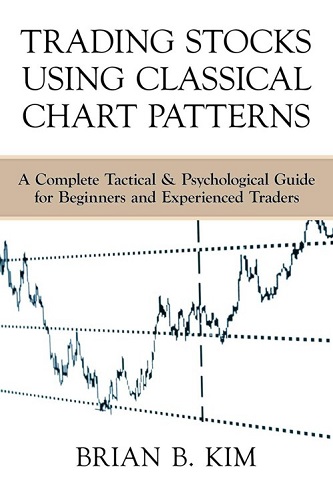
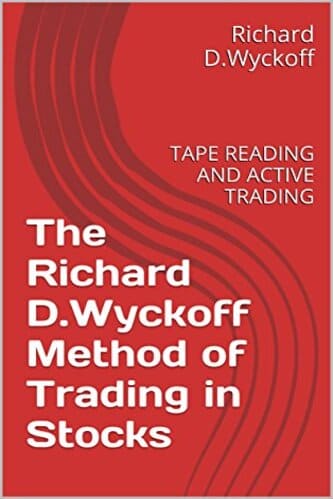
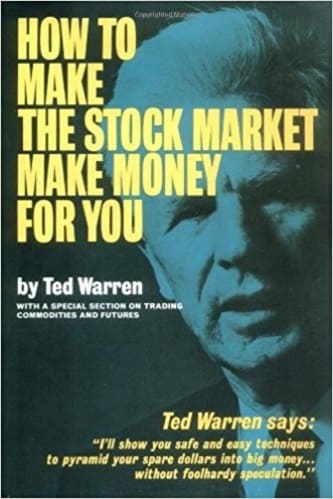
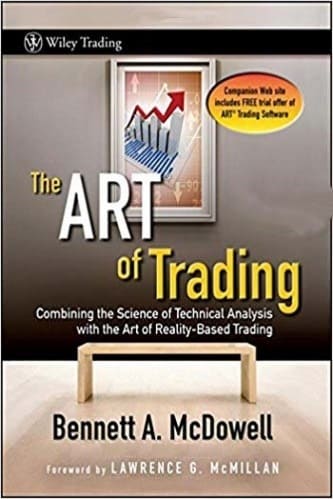
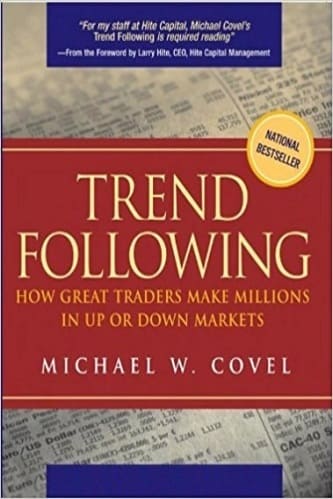
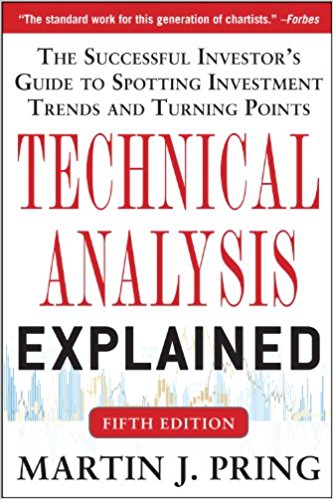
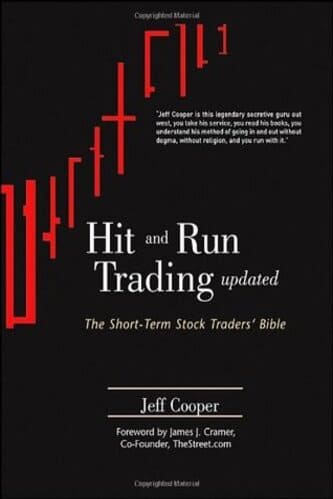
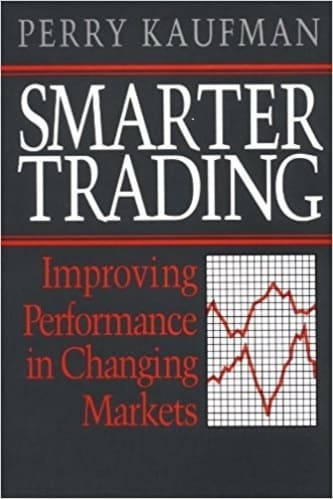
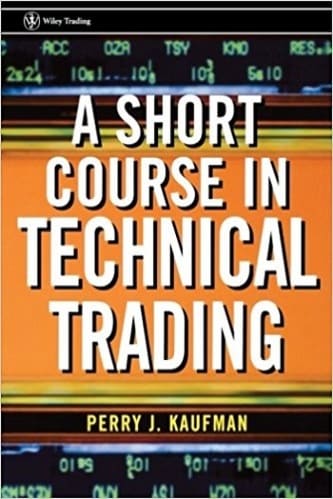
Cole Morrison (verified owner) –
I loved this book. It’s easy to read and the information provided on the book is practical. I traded about 10 transactions during the past few months, the result was great. I was able to have over 20% capital gain based on the theory provided on the book. I recommend this book to both all day trader including the professionals.
Penelope Pearson (verified owner) –
Extremely insightful, straight, forward and yet thorough. There are many market situations and tendencies covered in this book that I have observed over the years giving this book a wealth of value. Trading in the financial markets and being a profitable trader have a rather high correlation with time spent absorbing knowledge and market history along with quality of knowledge learned, Brian does an excellent job of conveying several years of learning in a mere few hundred pages. The fact that Brian is exceptionally concise facilitates the readers experience. While this book is a recommended pairing with Edwards and Mcgee, I find it more than suitable as a stand alone resource. Needless to say this book stays on the trading desk, Not on the bookshelf !
Addison Camacho (verified owner) –
Very interesting!
Tatum Corona (verified owner) –
Way too wordy and repetitive, yet at other times being short with things that are important, or even skipping over important things. For someone who is a beginner they will learn some. Some of the charting and drawing of lines is in my opinion wrong too. He also never explains why he chose to draw the lines as he did.
Jasiah Harris (verified owner) –
Although the chart patterns discussed are basic (head & shoulder, flag, etc), the writer provides a comprehensive and easy-to-read reviews of how these patterns would have worked in real situations. The writer also gives some guidelines on trading tactics such as where to set one’s stop loss and profit targets, etc. Again, these tactics are not new, but the reviews that show how these tactics would have worked in real situations are well documented.
As the Title suggests, this book is geared solely towards stock-trading. Given that the futures markets have many trading issues that are vastly different from the stock markets (e.g. no earnings announcements, limited gap-ups and gap-downs), I would love to see a similar book by the writer on futures.
Marshall Campbell (verified owner) –
Excellent, Excellent, Excellent. This ‘academic’ writes in a very plain and clear manner. There is no fluff. Unlike so many other TA books (like Bulkowski’s), this book describes the pros and cons of EXACTLY WHERE TO ENTER TRADES. This is key! To be able to recognize a setup but not know where to enter is useless. I would say this may well be the best general TA book I’ve read, and I’ve read well over a hundred!
Marianna McCormick (verified owner) –
Not a friendly book – yet there is some useful information .
Rebecca Leon (verified owner) –
Very educational! I have invested in index funds for 10 years and low-cost total stock market funds have served me well. But if I were to trade stocks, then this book would be one of my foundational guides. The reason I turned to index funds is because so many books that supposedly teach you how to trade or invest fail in their mission. This book has 100 examples over 300 pages and gets into the nitty gritty details, over and over, to make sure you get it. I’ll probably continue to stick with index funds but this book got me interested again in trading stocks. If you want to learn about continuously recurring chart patterns that can make you money, this is the book for you.